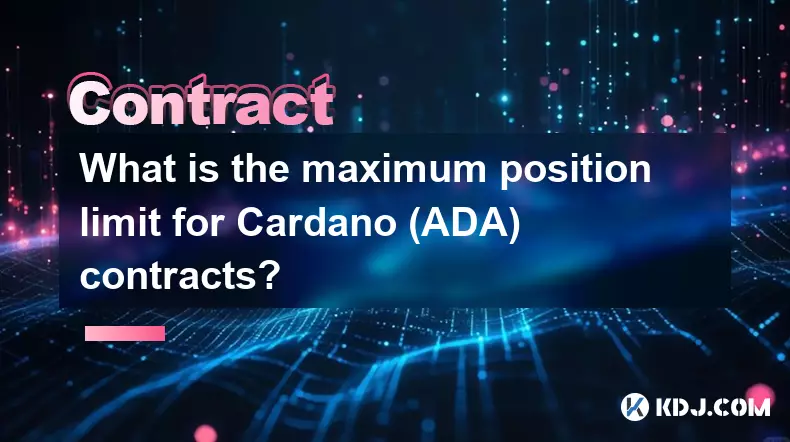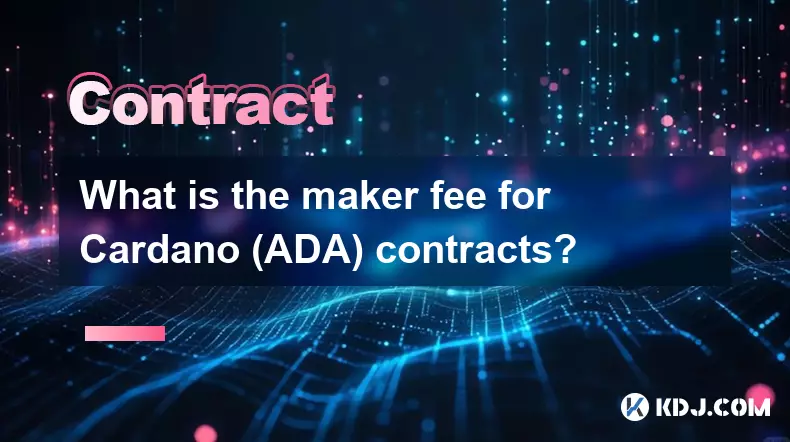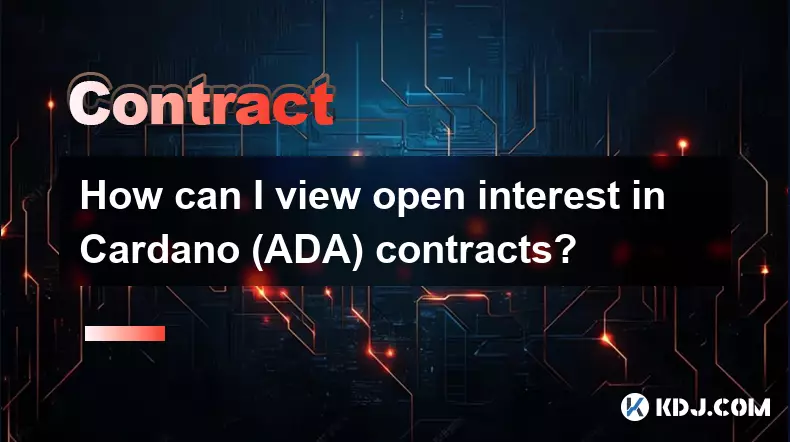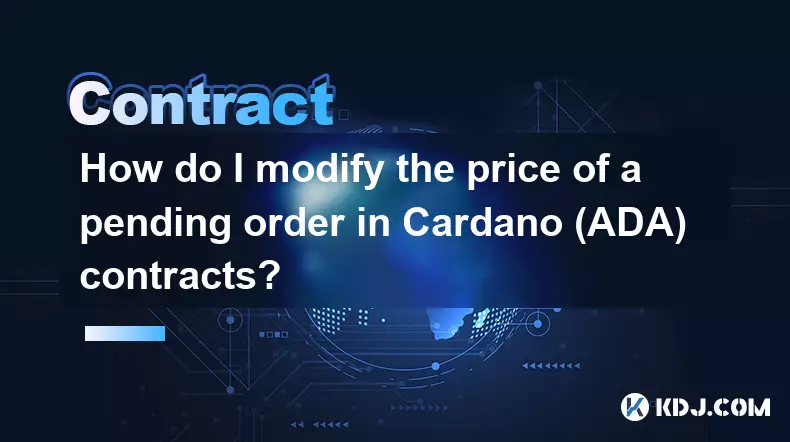-
 bitcoin
bitcoin $109523.663807 USD
-0.13% -
 ethereum
ethereum $4019.526508 USD
2.06% -
 tether
tether $1.000482 USD
0.00% -
 xrp
xrp $2.776815 USD
0.18% -
 bnb
bnb $958.942396 USD
0.12% -
 solana
solana $204.294698 USD
3.84% -
 usd-coin
usd-coin $0.999693 USD
0.00% -
 dogecoin
dogecoin $0.232115 USD
2.09% -
 tron
tron $0.338028 USD
0.84% -
 cardano
cardano $0.790920 USD
1.50% -
 hyperliquid
hyperliquid $44.871443 USD
5.60% -
 ethena-usde
ethena-usde $1.000322 USD
0.04% -
 chainlink
chainlink $21.034165 USD
2.60% -
 avalanche
avalanche $28.794831 USD
-0.54% -
 stellar
stellar $0.360466 USD
1.24%
What is perpetual contract hedging
Perpetual contract hedging allows traders to speculate on the future price of an underlying asset to offset potential losses in the actual asset, providing a risk management tool for investors.
Oct 21, 2024 at 08:23 pm

Perpetual contracts are financial derivatives that allow traders to speculate on the future price of an underlying asset without owning it. Hedging is a strategy used to reduce the risk of price fluctuations in the underlying asset. Perpetual contract hedging involves speculating on the future price of an asset to offset potential losses in the underlying asset.
Steps to Hedge with Perpetual Contracts:- Identify the Underlying Asset: Determine the asset you wish to hedge, such as Bitcoin, Ethereum, or stocks.
- Choose a Trading Platform: Select a cryptocurrency exchange that offers perpetual contracts for the underlying asset.
- Open a Trading Account: Create a trading account on the exchange and fund it with the necessary amount of capital.
- Specify the Contract Size: Determine the size of each perpetual contract you want to hedge with.
Establish a Hedging Strategy: Choose a hedging strategy based on your risk tolerance and market outlook. Common strategies include:
- Bullish Hedge: Buy a perpetual contract on the asset you expect to rise in value.
- Bearish Hedge: Sell a perpetual contract on the asset you expect to decline in value.
- Monitor and Adjust: Continuously monitor the price of the underlying asset and adjust your hedge position as needed to maintain the desired level of protection.
- Risk Reduction: Hedging mitigates the risk of price fluctuations in the underlying asset, protecting your portfolio from potential losses.
- Flexibility: Perpetual contracts offer high leverage, allowing traders to magnify their gains or losses. This flexibility allows for precise risk management.
- Income Generation: Traders can profit from hedging strategies even if the underlying asset price remains stable or moves slightly.
- Margin Requirements: Hedging with perpetual contracts requires maintaining sufficient margin to cover potential price fluctuations.
- Risk of Liquidation: If the price of the underlying asset moves against your hedging position, you may face a margin call and forced liquidation of your contract.
- Counterparty Risk: Ensure you trade on reputable exchanges with sufficient liquidity to avoid counterparty risk.
Disclaimer:info@kdj.com
The information provided is not trading advice. kdj.com does not assume any responsibility for any investments made based on the information provided in this article. Cryptocurrencies are highly volatile and it is highly recommended that you invest with caution after thorough research!
If you believe that the content used on this website infringes your copyright, please contact us immediately (info@kdj.com) and we will delete it promptly.
- Token Costs, AI Scaling, and Computing Power: The Quest for Efficiency
- 2025-09-27 14:25:15
- Qwen3Guard: A Leap Towards Multilingual AI Safety
- 2025-09-27 14:25:15
- Rare 1p Coin Could Fetch £200,000: Are You Holding a Fortune?
- 2025-09-27 12:25:13
- MAGACOIN Finance: Buzz, Risks, and the Altcoin Stampede
- 2025-09-27 12:25:13
- Crypto Wallets & Utility Tokens: What's the Hype?
- 2025-09-27 12:30:02
- Coin Memes, Pumpfun, and ChatGPT: Navigating the Wild West of Crypto
- 2025-09-27 14:30:01
Related knowledge

How do I enable the "scalping-only" mode for Cardano (ADA) contracts?
Sep 24,2025 at 03:19am
Understanding Scalping Strategies in Crypto Derivatives1. Scalping in cryptocurrency trading refers to executing multiple short-term trades within min...

What is the maximum position limit for Cardano (ADA) contracts?
Sep 23,2025 at 11:00pm
Understanding ADA Futures and Derivatives Market Structure1. Cardano (ADA) futures contracts are offered by several major cryptocurrency derivatives e...

What is the maker fee for Cardano (ADA) contracts?
Sep 26,2025 at 09:01am
Understanding Maker Fees in Cardano (ADA) Contracts1. The concept of maker fees applies broadly across decentralized exchanges and smart contract plat...

How can I view open interest in Cardano (ADA) contracts?
Sep 24,2025 at 07:36am
Understanding Open Interest in Cardano Derivatives1. Open interest refers to the total number of outstanding derivative contracts, such as futures or ...

How do I modify the price of a pending order in Cardano (ADA) contracts?
Sep 27,2025 at 01:00am
Understanding Pending Orders in Cardano Smart Contracts1. Cardano operates on a proof-of-stake blockchain that supports smart contracts through its Pl...

What is the function of the insurance fund in Cardano (ADA) contracts?
Sep 24,2025 at 02:18am
Understanding the Role of Insurance Funds in Cardano Smart Contracts1. The insurance fund within Cardano's ecosystem is not a native feature directly ...

How do I enable the "scalping-only" mode for Cardano (ADA) contracts?
Sep 24,2025 at 03:19am
Understanding Scalping Strategies in Crypto Derivatives1. Scalping in cryptocurrency trading refers to executing multiple short-term trades within min...

What is the maximum position limit for Cardano (ADA) contracts?
Sep 23,2025 at 11:00pm
Understanding ADA Futures and Derivatives Market Structure1. Cardano (ADA) futures contracts are offered by several major cryptocurrency derivatives e...

What is the maker fee for Cardano (ADA) contracts?
Sep 26,2025 at 09:01am
Understanding Maker Fees in Cardano (ADA) Contracts1. The concept of maker fees applies broadly across decentralized exchanges and smart contract plat...

How can I view open interest in Cardano (ADA) contracts?
Sep 24,2025 at 07:36am
Understanding Open Interest in Cardano Derivatives1. Open interest refers to the total number of outstanding derivative contracts, such as futures or ...

How do I modify the price of a pending order in Cardano (ADA) contracts?
Sep 27,2025 at 01:00am
Understanding Pending Orders in Cardano Smart Contracts1. Cardano operates on a proof-of-stake blockchain that supports smart contracts through its Pl...

What is the function of the insurance fund in Cardano (ADA) contracts?
Sep 24,2025 at 02:18am
Understanding the Role of Insurance Funds in Cardano Smart Contracts1. The insurance fund within Cardano's ecosystem is not a native feature directly ...
See all articles










































































